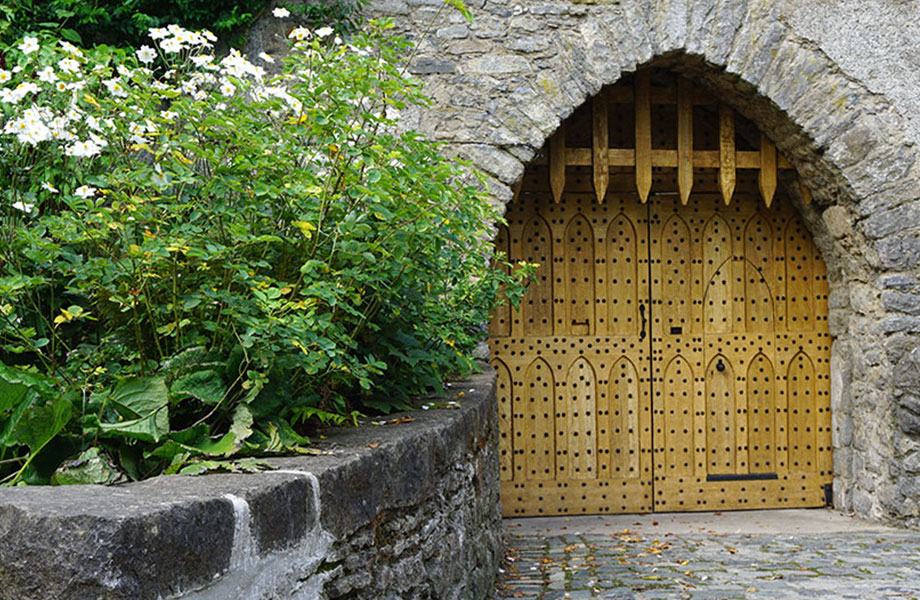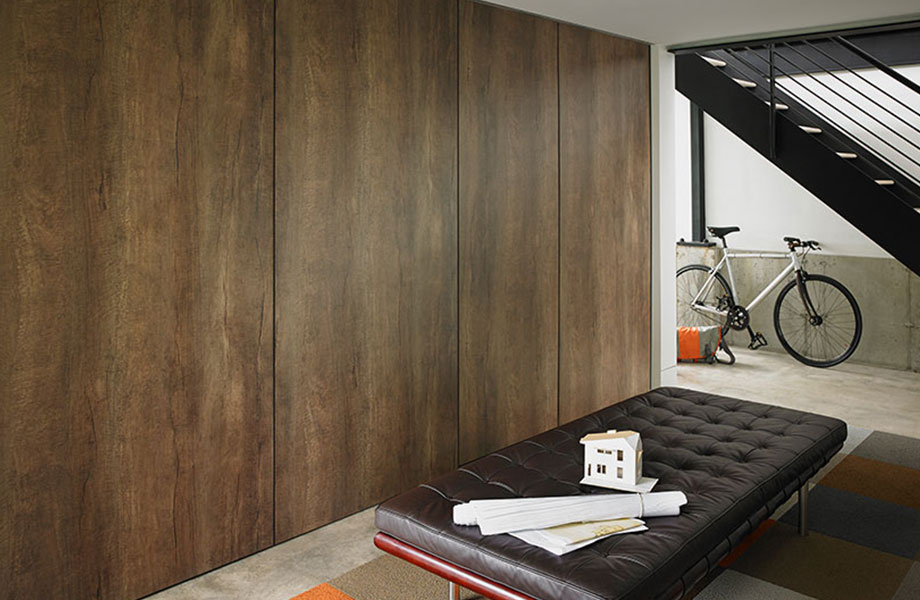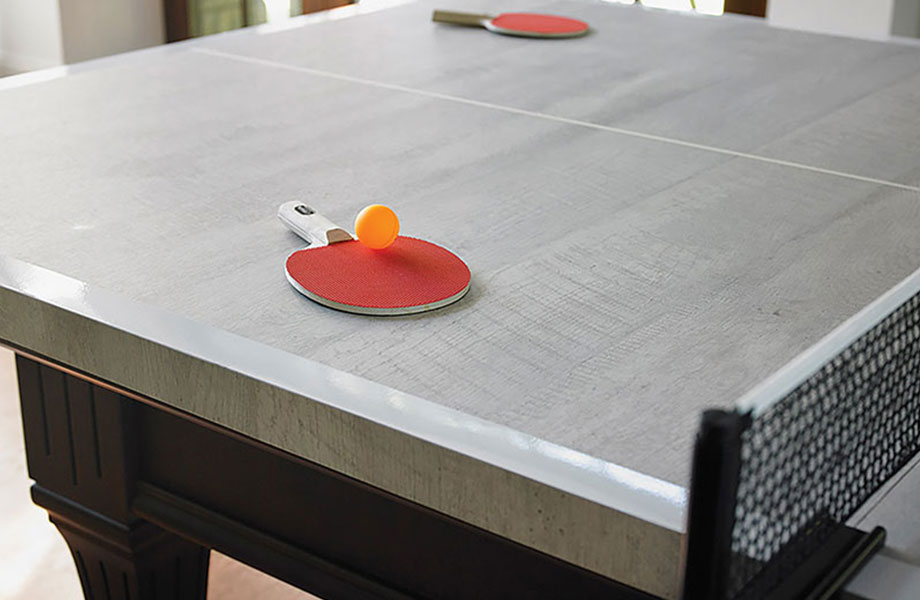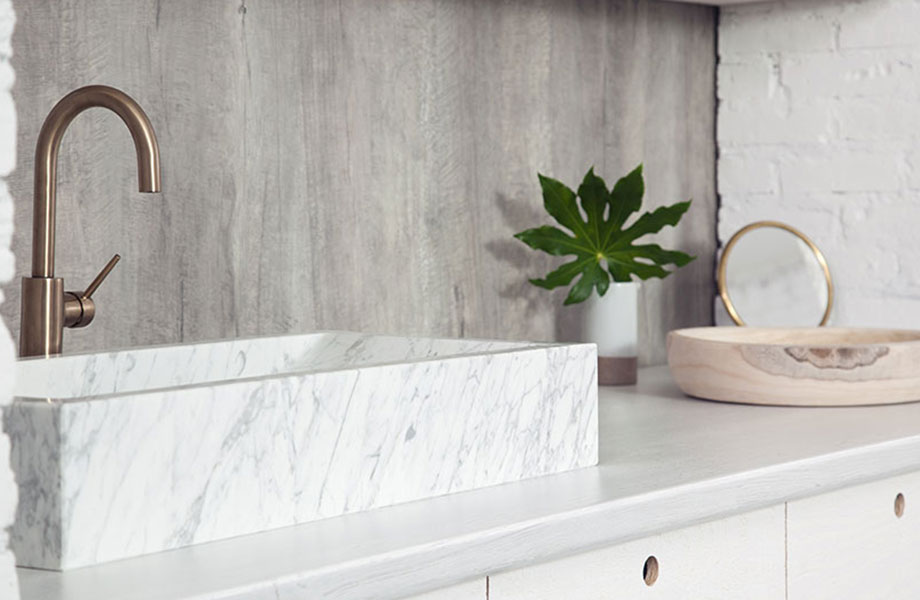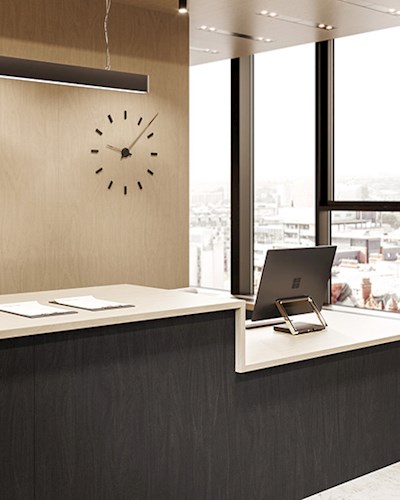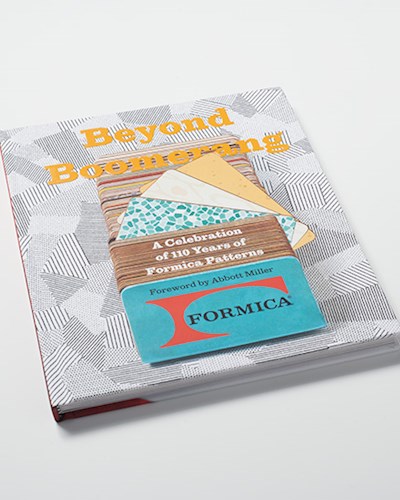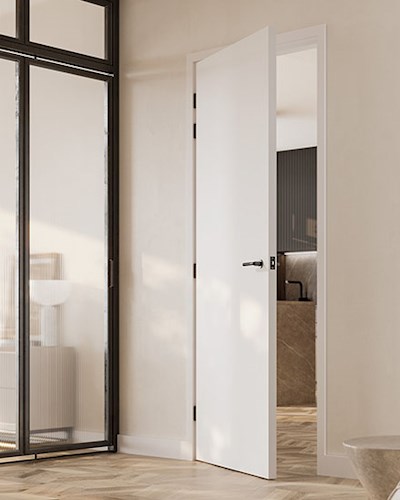The Evolution of Wood in Design
Wood has been used for both interior and exterior design since the beginning of time; we’re taking a moment to look back at wood in history and how we make use of it today.
Stepping back in time
Being lightweight, affordable, easy to work with and the only building material that grows naturally, wood has been used throughout history. The oldest surviving wooden structure is in Japan, a temple called ‘Horyuji’, built in 600AD the five story temple is a monumental example of wood in design.
A change in direction
As civilisation evolved, so did the use of wood, seeing the material used for the entire structure of buildings becoming less popular. In medieval architecture wood was used more to create elaborate panelling and beautifully designed doors and furniture. Advances in manufacturing opened up the ability to use wood in even more applications. Moving through the ages, wood work became a sought after skill. Now we’re seeing it more and more as an accent material, introducing decorative designs and unique furniture pieces to interiors around the world.
Wood in commercial design today
As we’re spending much less time outside with office jobs and work outs at the gym; Wood today is often used to bring the outside in. Creating a space in commercial interiors using wood is a good way to feel connected to nature.
Our Design Manager Nina Bailey, comments: “Wood accents are everywhere right now, especially in office and hospitality design. It’s no wonder, as they work to bridge the gap between biophilia and industrial, efficient modern design elements such as metals and matte black surfaces. The rise and rise of biophilia is evident in the proliferation of green spaces in the office. Wood features are where the two meet; of the natural world but made with human hands.”
As time has gone on we better understand the need for hygienic surfaces, our recent washroom whitepaper uncovered that an office desk has 400% more bacteria than a toilet. Combining the human need for hygienic surfaces and the design call for wood, our woodgrain decors are perfect to be used for feature walls, furniture and details that really celebrate an inherently earthy aesthetic. Unlike natural wood, laminate does not require special treatments, which not only makes it easier to work with but also reduces ongoing maintenance. This means it looks better for longer.
With 65 woodgrain decors in our collection there’s something for every design, discover the Formica Woods Collection and order a sample.

